RECOIL OFFGRID Gear Bulletproof Vest versus Plate Carrier
In This Article
The concept of body armor, has for years generated ideas of two different types of people. On the one hand, you have the knight-in-shining-armor-to-tactical-operator historical timeline, where the person and the equipment are almost synonymous. Take, for example, the idea of the Samurai, where both the gear, and the persona come to mind. On the other hand, however, we have the example of peoples wearing body armor only in extreme circumstances, where the elevated threat is both illustrated by the other-than-normal use of a bulletproof vest. In the social milieu of the west, it seems that a plate carrier denotes the professional, where a bulletproof vest suggests more civilian applications. The social barrier between the two is rapidly shattering.
Outside of the social perception of body armor, the difference between various pieces of equipment are appropriately divided by both purpose and capability. The old ways of thinking about protective gear as being either military or civilian in nature, have fallen, and we are dealing with the aftermath, especially when it comes to the term bulletproof vest. In reality, there is no such thing, as no human-worn armor exists that can withstand any and all types of bullets.
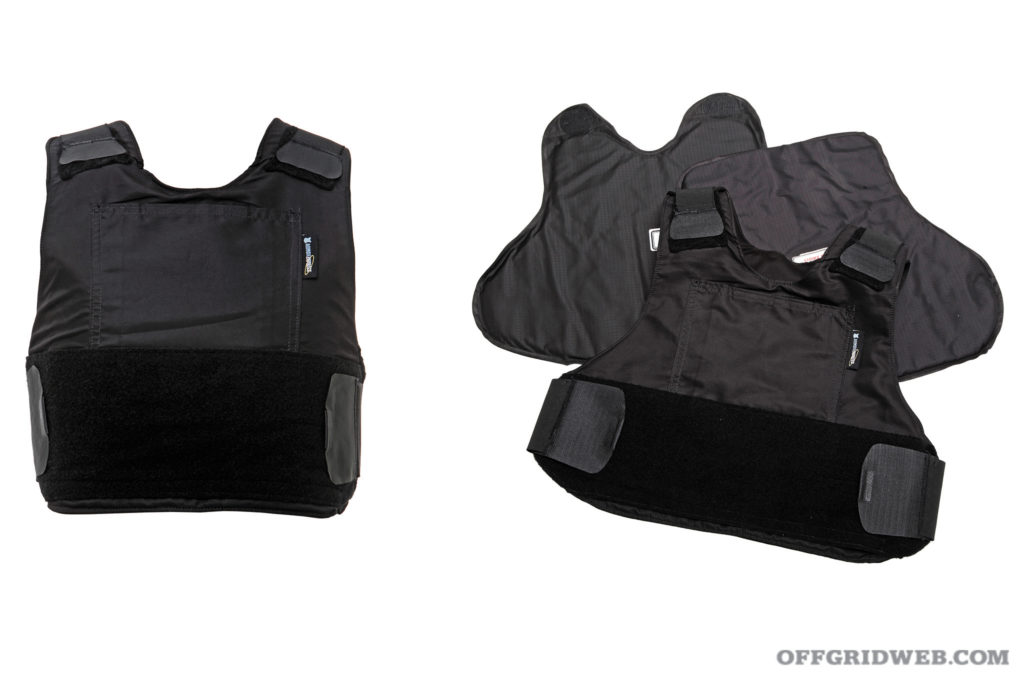
Instead, various types of armor are rated to withstand certain types of projectiles, and as we've seen with the rise of so-called special threat plates, bigger is not always better. The scaling of what a piece of armor can withstand often results in a give and take, whether it be weight, cost, or weakness to other projectiles.

The term Bulletproof Vest typically refers to soft armor: flexible layers of densely woven materials that are able to catch a bullet, so long as it is large enough and moving slow enough. The common dividing line between hard and soft armor, in regards to capacity, has been that solid plates are required to stop rifle rounds, where soft armor is capable only of stopping most pistol projectiles. There are challenges to this norm, from time to time, but generally it remains in place.
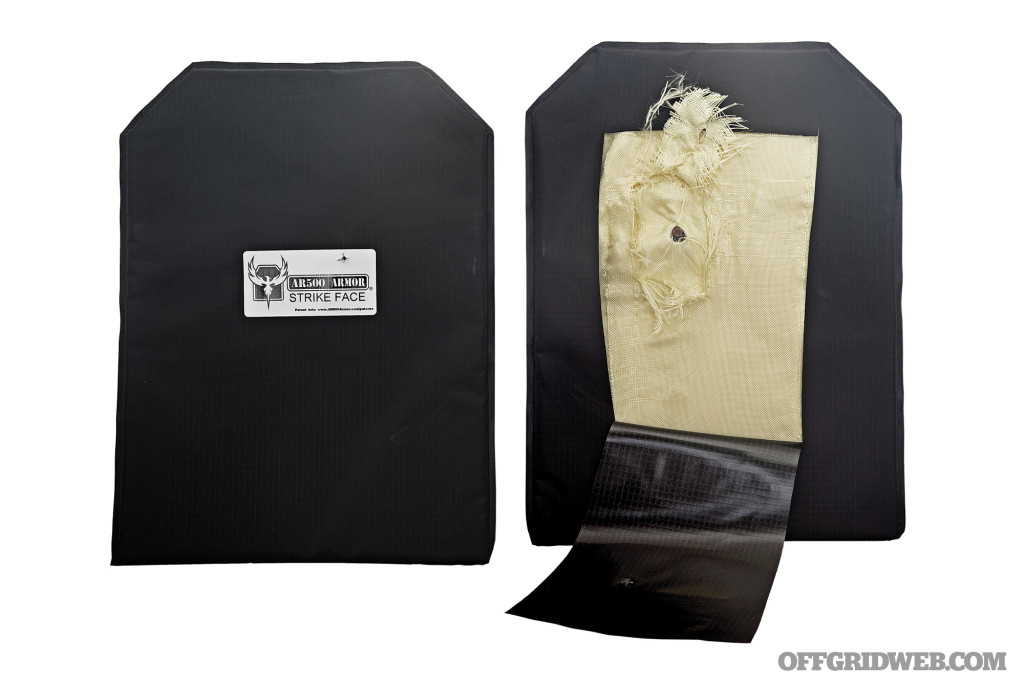
Since that is the case, the materials that constitute soft armor have been used in everything from vests to underwear. Easier to conceal by far, soft armor has been applied in under-cover situations, to robberies, to VIP's and Diplomats transportation. Not all soft armor is meant to be concealed however, as law enforcement have treated soft armor as a daily part of their uniform, with plates held in reserve for escalated situations. In light of recent events, that likely has changed across the country.
Plate Carriers, like Night Vision, have long been perceived as more offensive in nature. This may apply to their origins, as the military adopted the use of hard plates long before it reached the level of social acceptance amongst common society, but like we stated earlier, that division is beginning to blur, whether through social unrest or competitions like the Tactical Games.
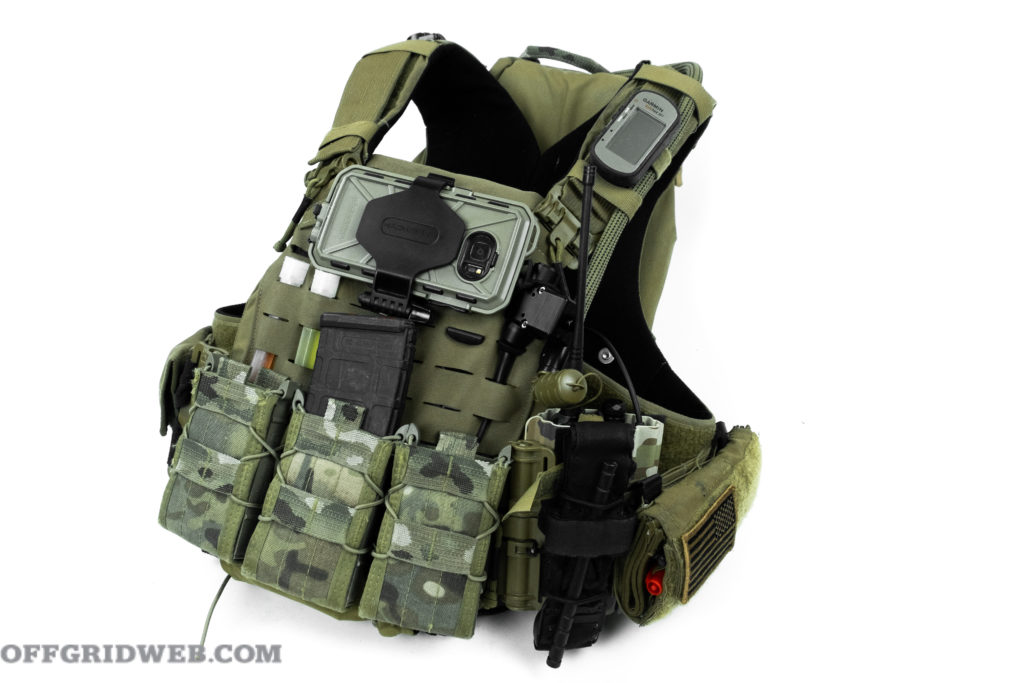
The term Plate Carrier covers more than vests and harnesses designed as load-bearing gear for the military. At one point, calling something tactical meant it likely came in black, tan, or camo, and had MOLLE attachment points across at least the front and back panels. For simplification, plate carriers are often divided between low-profile, minimalist, and tactical, although these sub-categories continue to blur as well.
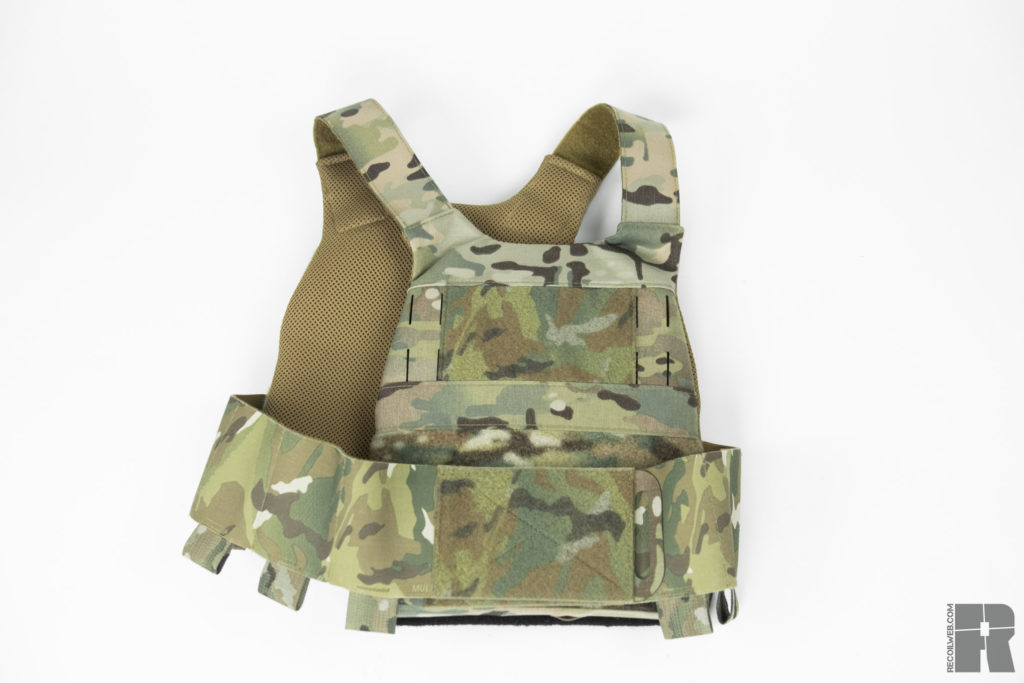
Generally speaking, a low-profile plate carrier is not meant to carry any additional equipment, such as firearms magazines, radios, or medical gear, although some models can accommodate these options to some degree. Minimalist Plate Carriers are those that are expecting to bear mission-essential equipment, but focus on remaining light-weight and unrestricting, such as the Crye JPC or Arbor Arms Minuteman. They are often scalable to different scenarios, and only differentiate themselves from the tactical catagory by having both features of general use and low-profile.
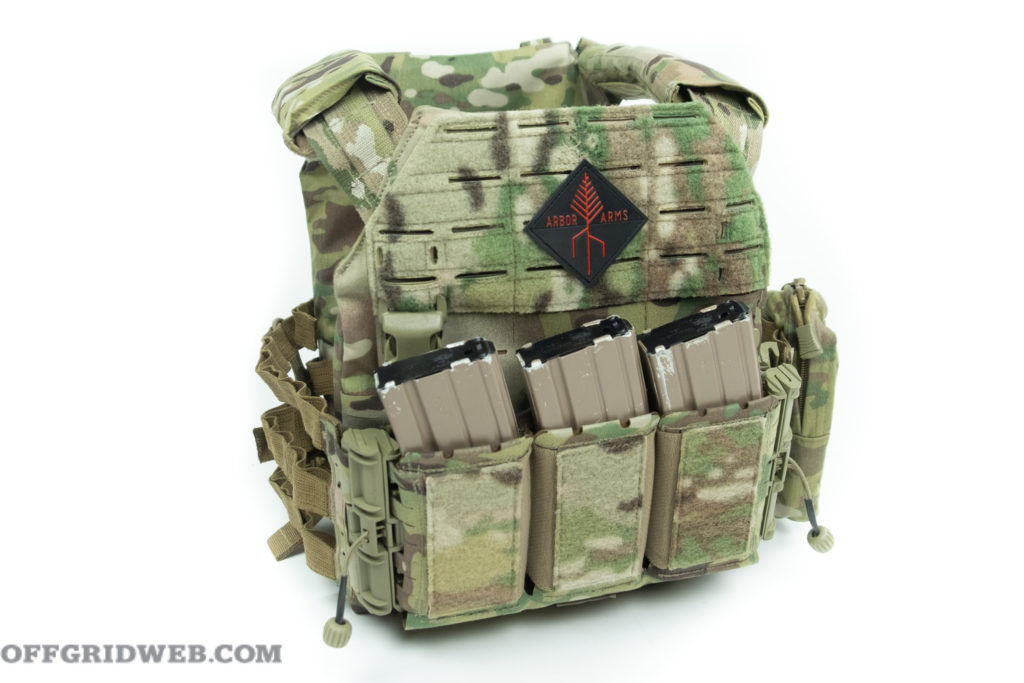
That leaves the tactical catagory, which as far as body armor goes, has in the past resembled the early 2000's idea of a bulletproof vest, but now typifies pieces like the Ferro Concepts FCPC, the First Spear Strandhögg, and Crye Precision's AVS System. The more recent use of semi-rigid materials has influenced this catagory most, as it has seen the greatest diversity in quality and integration.
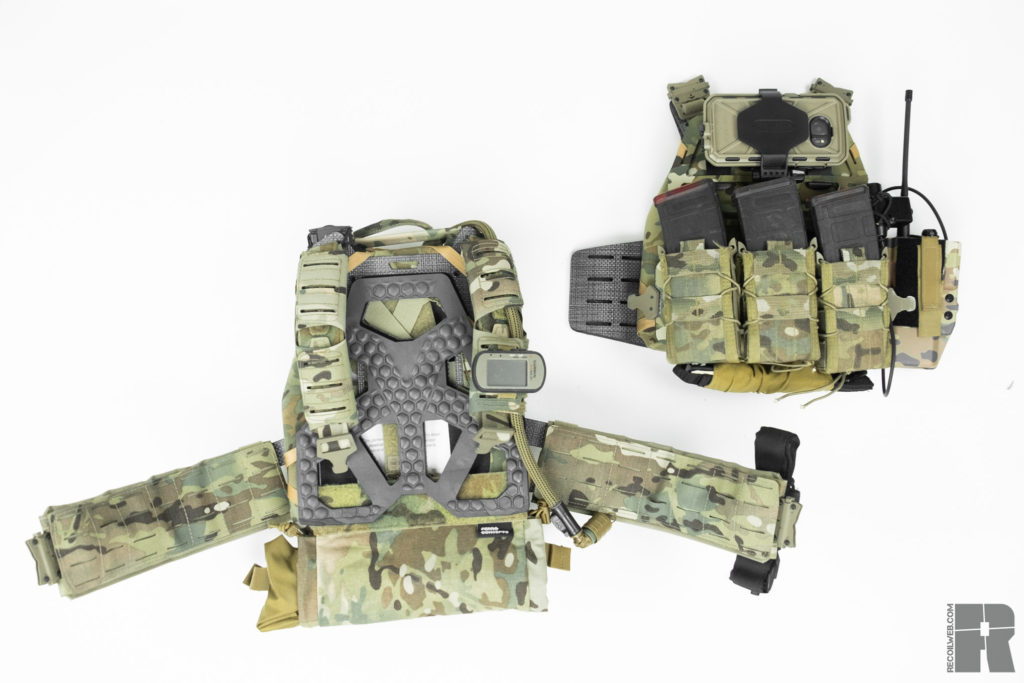
The S&S Precision PlateFrame Modular distinguishes itself from the pack of plate carriers in its novel interface...
In addition to the more dedicated nature of tactical plate carriers, they include special-purpose gear like the S&S Precision PlateFrame Modular, which, despite its space age-appearance, was designed for maritime applications.
The various advancements in body armor have historically been driven by following the emergence of new threats. On the homefront, handguns were used in violent crimes much more than rifles or carbines, which drove the development of bulletproof vests to meet the need. The National Institute of Justice Body Armor Performance Standards, which are generally used as a rubric for the protective capabilities of a piece of gear, begins at NIJ IIA, which is expected to stop a 9mm bullet, moving less than 1165 feet per second, as well as a .40 S&W moving at less than 1065 feet per second.
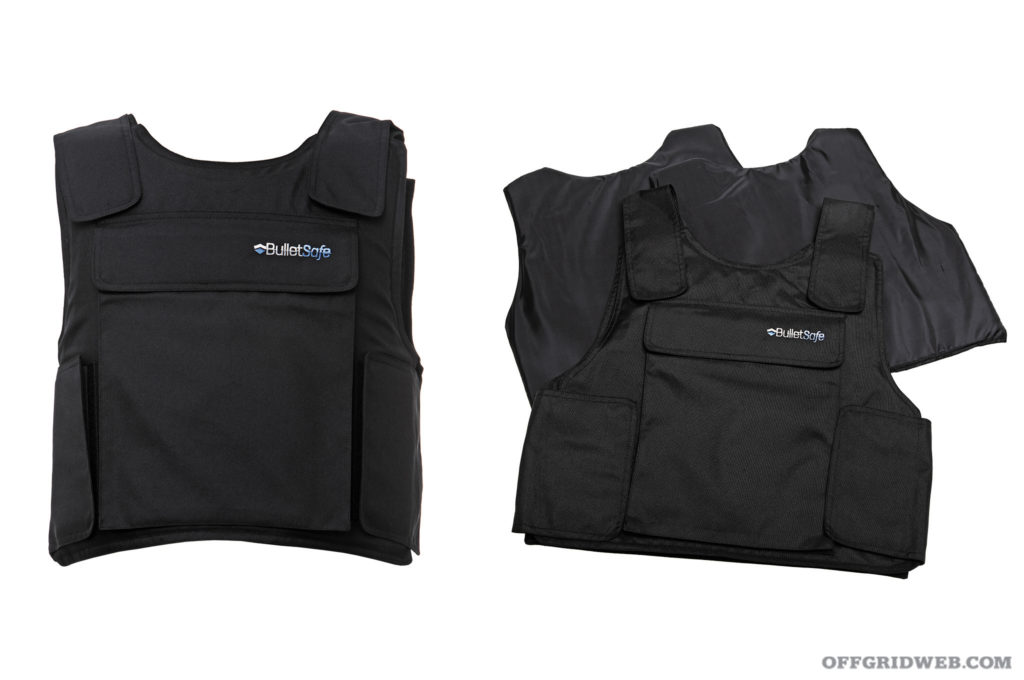
Ratings of IIA, II, and IIIA all are meant to defeat rounds typically fired by handguns, from a 9mm to a .44 Magnum. The rating of III (not to be confused with IIIA) specifies rifle rounds, and level IV must be able to stop a 166 grain, .30 caliber M2 AP (armor piercing) projectile moving at 2880 feet per second according to the NIJ. Although not a part of the National Institue of Justice's standards, terms like III+ and Special Threat Plates have become more common among hard plate manufacturers and retailers. At the time of this writing, special threat plates are often described as specifically designed to defeat the common M855 “green tip” 5.56 ammunition.
For an in-depth look at various plates and their evaluations check out Body Armor 101 on RECOILweb.
So, the term Bulletproof Vest always had its limitations, and it's just as important to remember the application of such equipment never existed in a void. Instead, each piece of gear was designed to meet a specific threat common to the time, and like the use of plates, relied on an already existing medical infrastructure. A properly worn hard armor plate protects the heart, lungs, and some of the spine, balancing the cost of mobility with the trust that, if the wearer receives a gunshot wound, they will be able to survive until they reach a medical trauma center.
The use of bulletproof vests is fading away, as plate armor rises in both popularity, availability, and common understanding among the citizenry. Some of this can be thanks to the rise in plate carriers being represented in entertainment, but also correlated with multitudes of veterans from the Global War on Terror. While soft armor continues to be used in some civil applications, it is quickly being replaced by hard armor.
In this way, when considering these two types of protective gear, it is more important to identify the likely threats you will face, and base your decision on that assessment than it is to hold to the social distinction that once saw plate carriers as military gear, while the citizenry were only worthy of so-called bulletproof vests. Once that decision is made, the next step is to consider your plate carrier setup.
 STAY SAFE: Download a Free copy of the OFFGRID Outbreak Issue
STAY SAFE: Download a Free copy of the OFFGRID Outbreak Issue
No Comments